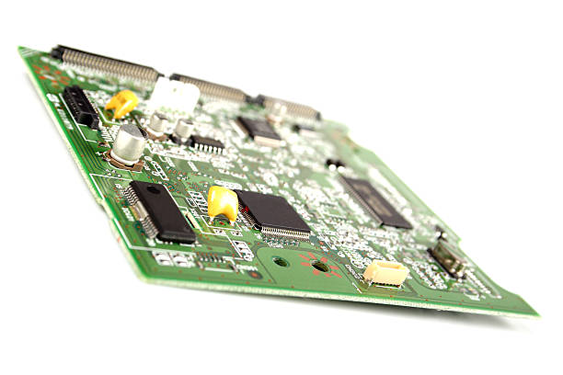Research firm TrendForce Consulting held an AI server forum on the 17th. According to Micron, they have been preparing for DDR5 technology for a long time, and HBM's production capacity has reached full capacity before 2025. Micron has multiple layouts in various storage products and provides strong support for AI data centers.
Micron has a global layout of over 54000 patents, leading the industry in memory and storage technology. It has been brewing DDR5 for a long time, and the next generation will achieve 1 γ The production process adopts EUV process technology, and it is planned to take the lead in mass production in Taiwan, China in 2025.

Micron stated that the company has a wide range of product groups, long-life products, and a complete system planning. As AI changes the data center ecosystem, the reading methods have changed and must operate in accordance with the AI neural network model. Therefore, the read-write ratio of deep learning has reached 5000:1, which means that the reading speed far exceeds the writing speed. Therefore, choosing the appropriate storage device is crucial.
Regarding this, Micron also conducts server architecture optimization. When the GPU server and SSD are trained in a 1:1 ratio, the performance will be the best. In addition, with the advent of the AI era, the balance between AI efficiency and cost has become increasingly important. Micron has launched the DDR4, which can optimize existing systems and extend device life, with a speed of up to 3200MT/s. Under a multi-core CPU architecture, the Micron DDR5 achieves a speed of 6400MT/s, doubling the bandwidth of DDR4, achieving 5 times the deep learning efficiency of DDR4, and improving AI performance by 7 times. It supports AI, HPC, and enterprise loads.
In terms of NAND, Micron is currently launching 232 layers of NAND, with a focus on stabilizing product applications and simultaneously developing HBM3e and even HBM4. Micron stated that CXL is also a very important development direction in the future. The CZ120 currently launched is a memory expansion module, which can provide more capacity, bandwidth, and flexible configuration. It is a relatively front-end application, and the samples have been shared with partners.
The copyright of this article belongs to the original author. The reprint of the article is only for the purpose of disseminating more information. If the author's information is marked incorrectly, please contact us immediately to modify or delete it. Thank you for your attention!

